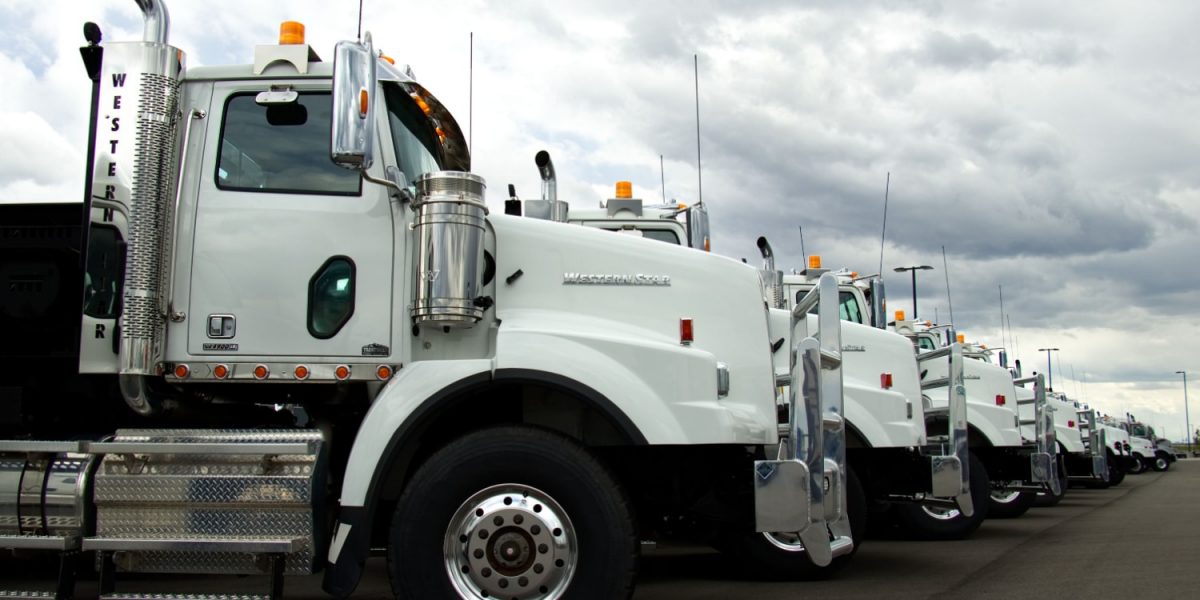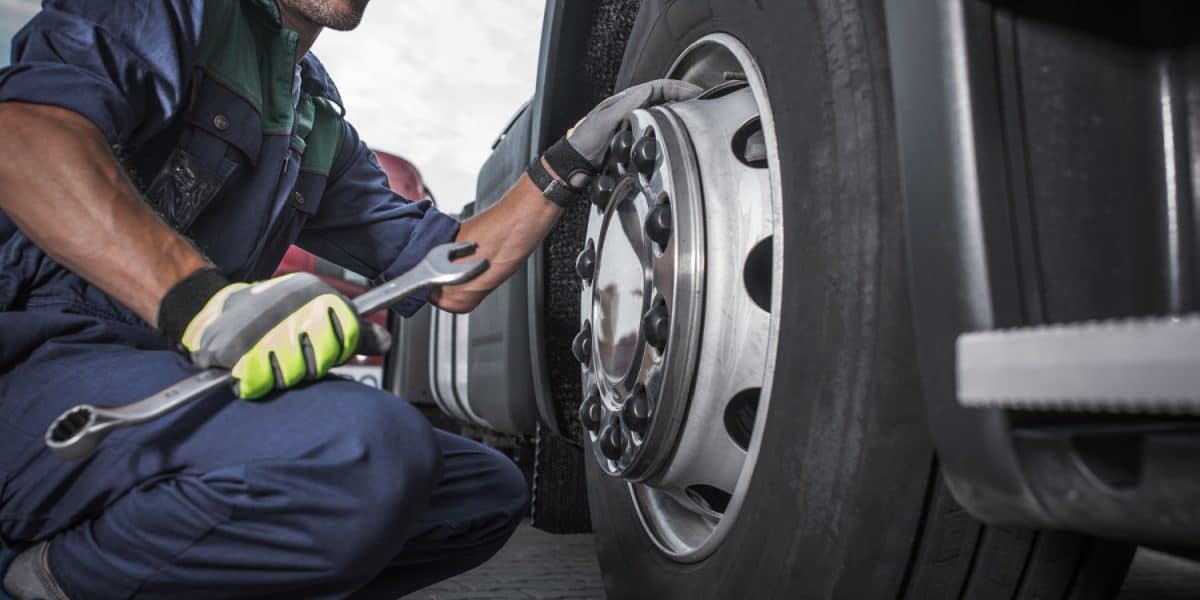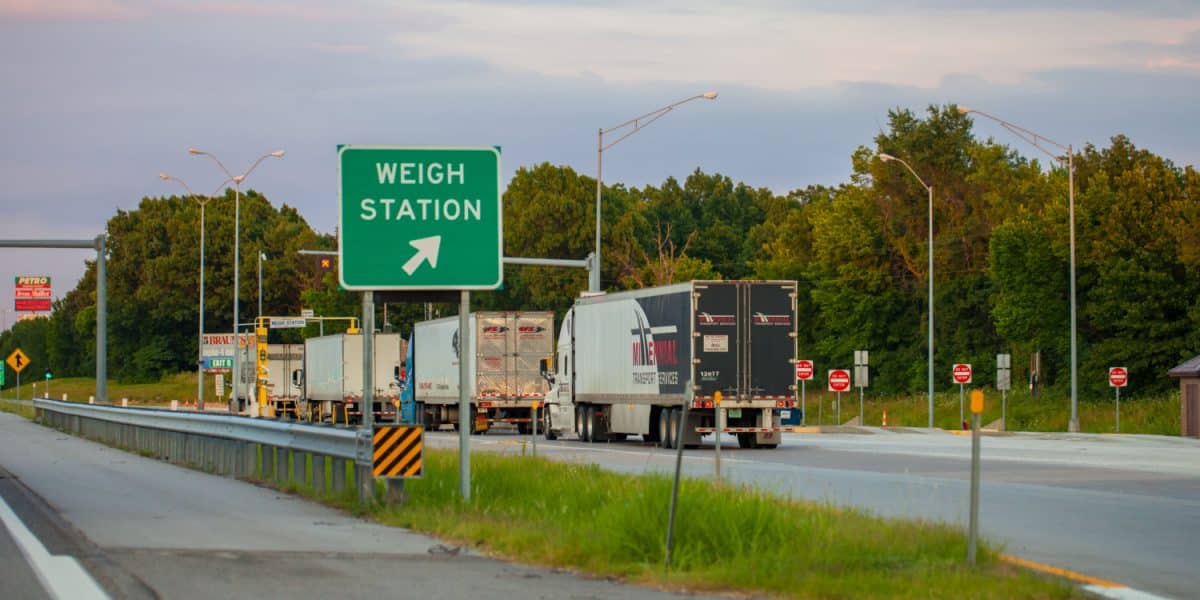Over-the-road (OTR) trucking is a type of long-haul trucking that involves driving a truck for extended periods of time across the country. OTR trucking is a beneficial job for those looking for a long-term career in the transportation industry.
Here are the top eight benefits of OTR trucking:
-
Financial Benefits
One of the main benefits of working as an OTR trucker is the compensation. OTR truck driving jobs can be very rewarding, with many truckers making a solid living by driving long distances. In addition, many trucking companies offer bonuses and incentives for the successful delivery of goods, which can add to your bottom line.
-
Variety of Routes
OTR trucking also offers the opportunity to see different parts of the country, providing a unique way to explore the United States. You’ll be able to experience different cultures and landscapes, as well as meet new and interesting people.
-
Opportunity to Learn
Working as an OTR truck driver is a great way to learn new and valuable skills. You’ll be exposed to different types of equipment and driving techniques. You’ll also be able to develop your problem-solving skills, as you may encounter difficult driving conditions while on the road.
-
Sense of Accomplishment
Driving OTR can be a highly rewarding job, as it allows you to see the results of your work. You’ll feel a sense of accomplishment and pride when you deliver goods safely and on time. You can also feel confident that you’re making a valuable contribution, as our nation would not be able to keep running without the dedication and hard work of truckers.
-
Benefits Packages
In addition to offering competitive pay, trucking companies often compete to offer the best benefits packages. This can include health insurance, dental/vision benefits, retirement plans, and more.
-
Career Advancement
Finally, OTR truck driving can provide many opportunities for career advancement. You can move up the ranks and become a team leader or supervisor, which can lead to increased job security and higher salaries.
Prepare For OTR Trucking at Phoenix Truck Driving School
If you’re looking for a rewarding career with plenty of opportunities, OTR trucking may be the perfect fit for you. At Phoenix Truck Driving School, we can provide you with the high-quality training you need to become a professional truck driver. After graduation, our job placement assistance program can answer any questions you may have about the different types of trucking and help you find companies that are hiring OTR drivers.
Contact one of our advisors today to learn more about our commercial driver’s license (CDL) program.















